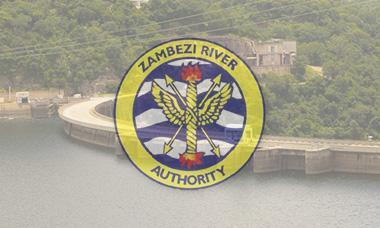News / National
Kariba's usable storage drops to 2.89%
16 Dec 2024 at 13:09hrs |
0 Views

The water level at Kariba Lake has continued to show a general decline, with only minor fluctuations driven by rainfall in the lake and its immediate catchment area. As of December 11, 2024, the lake's level stood at 475.91 meters, representing just 2.89% of usable storage, a sharp drop compared to 477.21 meters (11.83% usable storage) recorded on the same date last year, according to the Zambezi River Authority (ZRA).
Kariba Lake is designed to operate between levels of 475.50 meters and 488.50 meters above mean sea level, ensuring a freeboard of 0.70 meters necessary for hydropower generation. However, the current low water levels are nearing the critical threshold, which could severely affect power production from the lake's hydroelectric stations.
The situation is also affecting power generation at the Kariba South Power Station, which has a 1,050MW installed capacity. On Monday, December 16, 2024, the station was only generating 124.5MW, according to the Zimbabwe Power Company (ZPC), highlighting the growing strain on Zimbabwe’s power supply.
As the water level continues to decline, the country faces mounting challenges with power generation, underscoring the urgency for long-term solutions to address the water levels in Kariba Lake and ensure stable electricity production. The ZPC and relevant authorities are closely monitoring the situation, but with the lake's levels dropping, the need for alternative power sources remains crucial.
Kariba Lake is designed to operate between levels of 475.50 meters and 488.50 meters above mean sea level, ensuring a freeboard of 0.70 meters necessary for hydropower generation. However, the current low water levels are nearing the critical threshold, which could severely affect power production from the lake's hydroelectric stations.
As the water level continues to decline, the country faces mounting challenges with power generation, underscoring the urgency for long-term solutions to address the water levels in Kariba Lake and ensure stable electricity production. The ZPC and relevant authorities are closely monitoring the situation, but with the lake's levels dropping, the need for alternative power sources remains crucial.
Source - pindula
Join the discussion
Loading comments…
























